Most preppers out there will say bugging in is the best choice whenever possible.
Yes, if you are able to set up a nice bug out location you can get to when the SHTF, that’s super. However, for most people, bugging in (or sheltering in place) is the only option, aside from living outdoors and on the move. But no one wants to do that.
Setting up your home to be your bug in location is the easiest option.
This is true for the following reasons:
- It’s comfortable and familiar, which can reduce stress in an already stressful situation.
- It already has all the comforts of home and everything you need.
- The space to stockpile food, water, and supplies is available.
- You know your home and property inside out, which helps when it comes to security and defense.
- You are surrounded by neighbors you might be able to count on when things go sideways.
Having said this, being prepared to bug in is a monumental task. There are many things to consider to ensure that your bugging in checklist is covered, and we have divided those considerations into categories of tips for your this bugging in guide.
Bugging in Basics
Before you do anything in the way of prepping, you need to consider for whom you are prepping. Are you single? Do you have a spouse? How many kids do you have? Are you prepping for extended family, such as elderly parents, or siblings and their families? Do you have pets to prepare for?
You need to know how many people will be bugging in with you, and you need to know what they are capable of. Some members of your group might be less able to do physical work than others. They might be needier, such as an infant or small child, or an elderly or disabled family member. So, it’s a good idea to make a list of these people, their ages, and their capabilities.
It is also important to consider where you live and the kind of emergencies or disasters that might affect you. Of course, everyone can prepare for a pandemic or a nuclear attack. However, if you live in a region that is prone to earthquakes, hurricanes, or ice storms, then you need to be prepared for those.
When it comes to pandemics and nuclear attacks or other widespread disasters, where you live will be a factor. Do you live in or near a major urban center or a military base? Maybe you live in an area that would get a lot of nuclear fallout. And you might live in an area where it is easy to bug out if you have to. (More on that later)
It’s important to consider the above points. Once you have, you can move on to planning how you will prepare for bugging in.
Food
Food and water are often the first things that come to mind when prepping, whether you’re bugging in or bugging out. And for good reason. When bugging in, in particular, you don’t have to worry about shelter, which is the only thing that might trump food and water.
When it comes to food, you should store away the following:
Tip # 1: A minimum of two weeks’ worth of your regular food. This is the food your family enjoys and eats on a regular basis.
Tip # 2: At least six months to a year’s worth of food that has a shelf life of 25-30 years. This can be MREs, freeze-dried food, or similarly packaged foods. Top brands include Costco Emergency Food, Legacy (No MSG, GMO free), and Wise Company.
Tip # 3: Seeds that you can use to grow sprouts. Why? Because there may be a time when all you have is the food you have stored away. You won’t have access to fresh food, which is something your body needs. Seeds for sprouting, such as mustard seeds, sunflower seeds, and lentils, require minimal water and no sunlight, and the sprouts are full of nutrients.
Tip # 4: Seeds for planting are critical for the long These are not seeds you will use for sprouts, but seeds you will plant in the ground. This is the long-term solution if the disaster goes on for many months or years. Think of it as your very own personal seed vault. Be sure the seeds are heirloom varieties that are easy to grow, such as:
- Kale
- Spinach
- Radishes
- Carrots
- Broccoli
- Garlic
- Tomatoes
- Peppers
- Peas
- Beans
Tip # 5: If you are able, it is wise to have livestock, including:
- Chickens for eggs and meat
- Goats for milk
- Pigs
- Cows (if you have the space)
The key here is to have enough food put away to get by for the short term, the long term, and the very long term.
Tip # 6: Aside from the above considerations of the food you should have tucked away, you need to know how much you need. Let’s look at the food in terms of calories. An adult female needs an average of 2,000 calories per day. An adult male needs an average of 2,500 calories per day.
In a survival situation, you must remember that your calorie needs are likely to go up because you will be doing a lot of physical activity just to survive. Plus, you will be under a lot of stress. Having said that, let’s consider the average daily calorie requirements we mentioned here.
Based on this, the number of calories required for 30 days are:
- Women: 60,000
- Men: 75,000
Let’s say for the sake of ease that you would be eating only rice. There are 300 calories in ½ cup of rice. There are five ½ cup servings in a pound of rice, which equals 1,500 calories per pound. Thus for 30 days:
- A woman would need 40 pounds of rice
- A man would need 50 pounds of rice
Obviously, you can’t survive on rice alone. However, this gives you a good idea of how to calculate the amount of food you need to put away based on the number of calories you need each day. Once you choose the types of food you want to store, calculate how much of each you will need based on calorie requirements.
Pro Tip
When storing food over the long term, especially bulk food such as grains and dried beans, you need to keep it from going bad. Seal the food in airtight, food-grade containers, and put oxygen absorbers into the containers to help maintain freshness.
Tip # 7: Finally, you will need to be prepared to cook the food you have. There is a good chance you will be without electricity, so your stove won’t be of use. In this case, you need to have a backup plan. There are several options:
- Camp stove: A simple solution and something you might already have on hand. Just be sure to stock up on fuel. This might be useful in the short term, but over the long term, the smell wafting from it will let people in the surrounding area know you have food.
- JetBoil Flash Personal Cooking System: This is an easy way to heat up a single meal or water without a lot of fuss. It also minimizes the odor coming from cooking food.
- Portable solar water heater: This will allow you to boil water without the use of any fuel. All you need is the sun.
- Portable solar oven: Another great way to heat up/cook your food without the need for alternative fuel sources.
Pro Tip
Make sure to have a portable thermometer to test the temperature of your food. This will ensure it is fully cooked and safe to eat.
Water
Even though we discussed food first, water is actually more important. You can survive without food a lot longer than you can survive without water. However, as with food, you need to be sure your short-term and long-term water needs are met.
Tip # 8: In the short term, make sure you have bottled water stored The rule of thumb is 1 gallon (4 liters) of water per person per day. Be aware that this is a minimum. You would be surprised how quickly water can disappear when people are drinking it, cooking with it, and washing with it.
Tip # 9: Make sure you have a bare minimum of two weeks’ worth of water put away, but as much as six months is much better. As with the food, know that if the disaster is long term, you will need a long-term water solution. This means you need a way to collect water.
Naturally, the best solution is to collect rainwater. There are many ways to go about this, and some cost more than others. Starting with the cheapest options, consider:
- Pool/pond: If you already have a pool or a pond on your property, you are one step ahead.
- 5-gallon buckets: You can collect these over time and fill them with either tap water or rain
- Water barrels: These can be set up around your property to collect rainwater. Get 55-gallon food-grade barrels to be sure the water is safe to drink.
- Rainwater cistern: This is a larger reservoir for collecting rainwater. It can be installed above or below ground. It is the more expensive option, especially the underground option. However, if it’s underground, it’s out of sight, which means no one knows you have it.
Tip # 10: Regardless of the method you use to collect rainwater, it will inevitably get dirty. Between actual dirt and debris, insects, and bird droppings, you will need to be able to purify the water before consuming it. You can do this in a couple of ways:
- Pool shock: This will purify the water and make it drinkable. Just be sure to filter the dirt and debris out of the water before consuming it.
- Water filtration system: One of the most trusted brands is Berkey. This is a complete water purification and filtration system that will eliminate pathogenic bacteria and viruses. You want a purification system that will remove 99.9999999% of the pathogens in the water.
Waste and Sanitation
While you are comfortable in your well-stocked home, you will be producing waste. This includes solid kitchen waste and human waste. Let’s start with kitchen waste.
Tip # 11: When you are opening your cans or packages of food, you will need to get rid of that garbage. You will also likely have to deal with leftover food waste. In a long-term disaster, there will be no garbage pickup, and if you are tossing out bags of garbage and buckets of compost, it won’t take people long to realize you have food. Here are some steps to take to keep your waste under the radar:
- Avoid leftover food as much as possible.
- Recycle all the packaging you can. That means using cans as cooking pots, glass jars as drinking glasses or seed starting pots, and crumpled paper as toilet paper. The more you can reuse, the less you’ll have to throw away.
- Bury your trash if you have the means to do so. Burning it will attract unwanted attention.
Tip # 12: When it comes to human waste, disposal is also a serious consideration. If the water is still running, you can use the toilet and then flush it with a bucket of water (not your good drinking water).
Without running water, there is no flush toilet, and that means waste will pile up quickly. There are a few options for dealing with human waste:
- Bucket and kitty litter: Use a bucket and have kitty litter with a scoop. Every time someone uses the bucket, they can cover it in a scoop of litter. You can use any 5-gallon bucket and get a toilet seat for the top of it.
- Portable toilet: There are many different types of portable toilets you can buy. They generally come with a toilet seat and some sort of receptacle. Again, you can use kitty litter with these, or you can get a biogel bag to line the toilet and catch the waste. Remember, you will need to dispose of the waste from a portable toilet. The best way is to bury it far from your garden and any source of clean water.
Outhouse: You can always dig a hole on your property and build an outhouse, if you have a big enough space. You want to be careful to place the outhouse in an area far enough away from the house, gardens, and water sources to ensure there is no contamination.

Consult With Survival Pros
For Those Serious About Their Family's Life-Assurance Plan (and Not Just Life Insurance)
Learn MorePower
Human beings can certainly get by without electricity, but who wants to do that? Electricity gives us light and heat, allows us to cook, and makes it possible to watch movies and listen to music.
Tip # 13: When it comes to electricity and bugging in, you need to be very careful. If you have a way to generate electricity, it can attract unwanted attention, particularly if you are using a gas generator. Generators are noisy, and people will hear it if you’re running one. Alternatives include:
- Solar panels that are wired into your house
- A solar power generator with charging station
- Geothermal power generation
- A small portable solar charger to charge individual devices and batteries, at the very least
Light and Heat
Everyone wants to have light in the darkness, even when bugging in. If the power is out, then alternative sources of light are needed. If you have a way to generate electricity as discussed above, then you can run some lights in your home.
Tip # 14: Otherwise, here are some alternatives:
- Battery-operated camp lights
- Oil or kerosene lanterns
- Candles
- Flashlights
- Headlamps
Pro Tip
Be sure not to have lights showing from your windows at night. It will attract unwanted attention. If you have lights that might be visible, use garbage bags or something dark to black out the windows so the light won’t show through.
Tip # 15: If you live in a region that sees winter for a large part of the year, then you also need to be concerned about keeping warm. This is a serious consideration, more so than light. The last thing you want is to be prepared in every other way and then freeze all winter. When it comes to heat, there are a few options:
- Fireplace: Many homes have a fireplace. While not the most efficient form of heat, this will make surviving the winter possible.
- Woodstove: If you can install a woodstove in your home, do it. Avoid pellet stoves, as they will not run on wood. Once disaster strikes and you run out of pellet fuel, you won’t have anything left to burn. But there will always be something to burn in a woodstove. Plus, woodstoves throw off a lot of heat and can double as a cooking appliance.
Portable heater: If you don’t have a fireplace or a woodstove, then have at least one portable heater. This can be a kerosene or propane heater. Be sure to have extra fuel on hand whichever one you choose.
Pro Tip
Close off rooms you aren’t using. This will keep the heat localized to where you need it, and it will keep you warmer while using less fuel.
Pro Tip
When operating a portable heater, there is always a risk of carbon monoxide buildup. You should always ensure the room or space you are heating is well ventilated, and you should have a battery-operated carbon monoxide detector on hand to ensure your safety.
Communication
Communication is one of the most important considerations when bugging in. Even though you are cozy in your home, you absolutely must know what is going on in the world.
Tip # 16: You should keep a close watch over the local and regional news if there is still electricity.
Tip # 17: If there is no electricity, emergency broadcasts might still be made, and you need a radio to hear them. Be sure you have a hand-crank or solar radio in your preps.
Tip # 18: Have walkie-talkies for short-range communication between members of your group. Have a HAM radio so you can tune into communications between other parties. Ideally, you should get your HAM radio license, so you can transmit messages. However, even if you aren’t licensed, you can still listen in and find out what’s happening.
Tip # 19: Have an alternate means of communication. Even when bugging in, your group might get split up. This might include strategic predetermined locations at which you can leave messages for each other. It can also include a system of codes you can use to communicate in a way others will not intercept or understand.

Exclusive Survival Gear Deals
Access survival equipment we’ve fully tested so we can recommend it to you.
Security
Security is a huge deal when it comes to bugging in. If the disaster goes on over the long term, you will most likely have to defend your home at some point. And let’s face it, the average home is not very defensible.
Tip # 20: You need to be prepared for bugging in by getting your home ready in advance. Here are ways to ensure your home is more defensible:
- Make sure your home doesn’t look like a target. If it looks rundown or like you have nothing of value, it’s less likely people will bother you.
- Have a Beware of Dog sign, even if you don’t have a dog.
- Use motion detectors and security lights.
- Clear away all vegetation within a 100-meter radius around your home.
- Have a fence, wall, or bushes around the perimeter of your property to discourage people from entering.
- Create pathways to direct people where you want them to go if they do enter your property. Don’t make it easy to go anywhere other than those pathways by putting vegetation and other obstacles in strategic locations.
- Make sure you have areas of cover so you can move around your property unseen.
- Have hazardous waste bags on hand. If there is a pandemic, fill a couple of these with old clothes and throw them out on your front step. That will deter everyone but the most desperate.
Tip # 21: The inside of your home should be prepared, too. You should have your firearms license, and have firearms and ammunition ready to go. You can also use other weapons, such as a bow/crossbow, pepper spray, and stun baton. Aside from this, you should do the following:
- Ensure all doors are secure by reinforcing them with deadbolts. The door should be steel or solid wood, and the doorframe should be steel.
- Ensure all windows are secure. Use Plexiglass, steel bars, and good locks. You should also have plywood on hand to board up your windows if necessary. Always be sure you have a line of sight, so you can watch over your property and defend the house if necessary.
- Split up your food, water, and supplies. Hide at least a couple of caches in your house where they won’t be found, such as behind a false wall. This will ensure that if people manage to force their way in and take what you have, they won’t get it all.
- Have a safe room in your house. This is a room you can easily defend and one in which you can stay safe for an extended period of time.
Tools
There are many different tools you will need around the house when bugging in.
Tip # 22: Here is a list of what you should have on hand:
- Shovel
- Axe
- Silcock key
- Pry bar
Extra Considerations
Bugging in is a comfortable way to ride out a bad situation and survive in relative comfort. However, there are a few additional things to consider, including:
Tip # 23: Have comfort foods and other items on hand. A little bit of chocolate, coffee, or tea, some alcohol, or cigarettes (if you smoke) can make a difficult time a little less stressful. This includes comfort foods that will help reduce stress and make you feel better.
Tip # 24: Barter items are important. If the situation is ongoing, people are going to start looking for food and supplies. Having valuable items for trade is important. These can include things such as salt, seasonings, alcohol, coffee, cigarettes, shampoo, toothpaste, toothbrushes, and soap.
Tip # 24: Entertainment is critical to stave off boredom. Make sure you have books, puzzles, board games, and cards on hand. Coloring books and toys are great for younger kids. If you have a way to generate electricity, then you can have movies, as well.
Tip # 26: Have a good library of prepping material. You might not have access to computers and the internet, so having hard copies is a must. You can do this in the following ways:
- Print out information from the internet and store hard copies.
- Have good old-fashioned books on hand.
Final Word
No matter how much you have planned for bugging in, you must also be prepared for bugging out. The situation in an urban center can deteriorate quickly. Lawlessness and gangs can take over, or pandemics and unsanitary conditions can become overwhelming, making it safer to be out of the city.
Even if you are bugging in at your rural property, you never know when you will be overrun and not able to defend your property. For this reason, always be prepared to leave at a moment’s notice.
You should have a bug out bag prepared and ready for every person in your family/group. If you need to get out of Dodge, you have the means to do so quickly and as safely as possible. This means you should also have a destination in mind.
Even if you don’t have a friend’s home, family member ready for you, or another bug out location set up, know where you will go. A nearby national park or other specific destination is a good idea.
Have we missed anything? Please tell us in the comments section below.


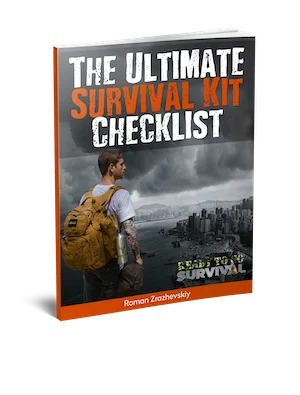







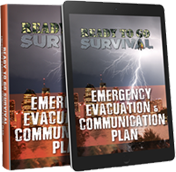
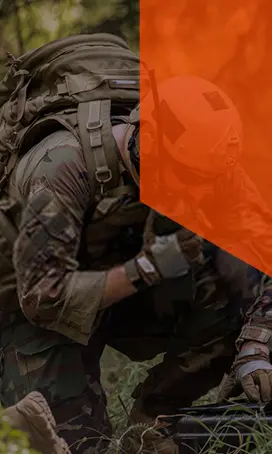


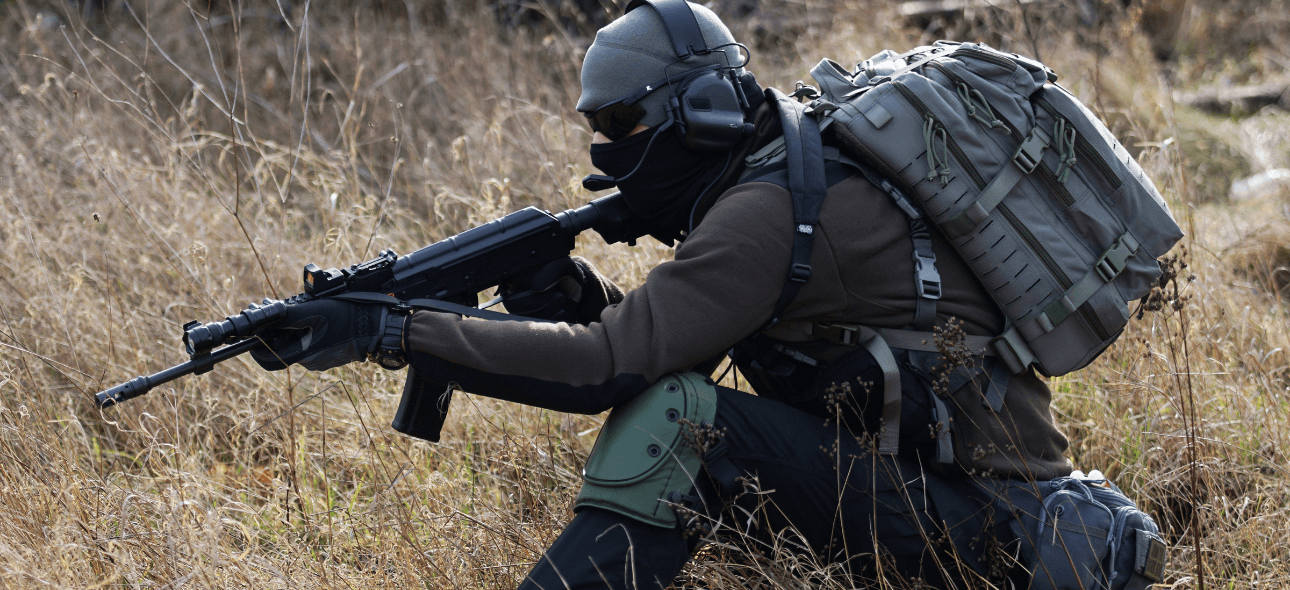
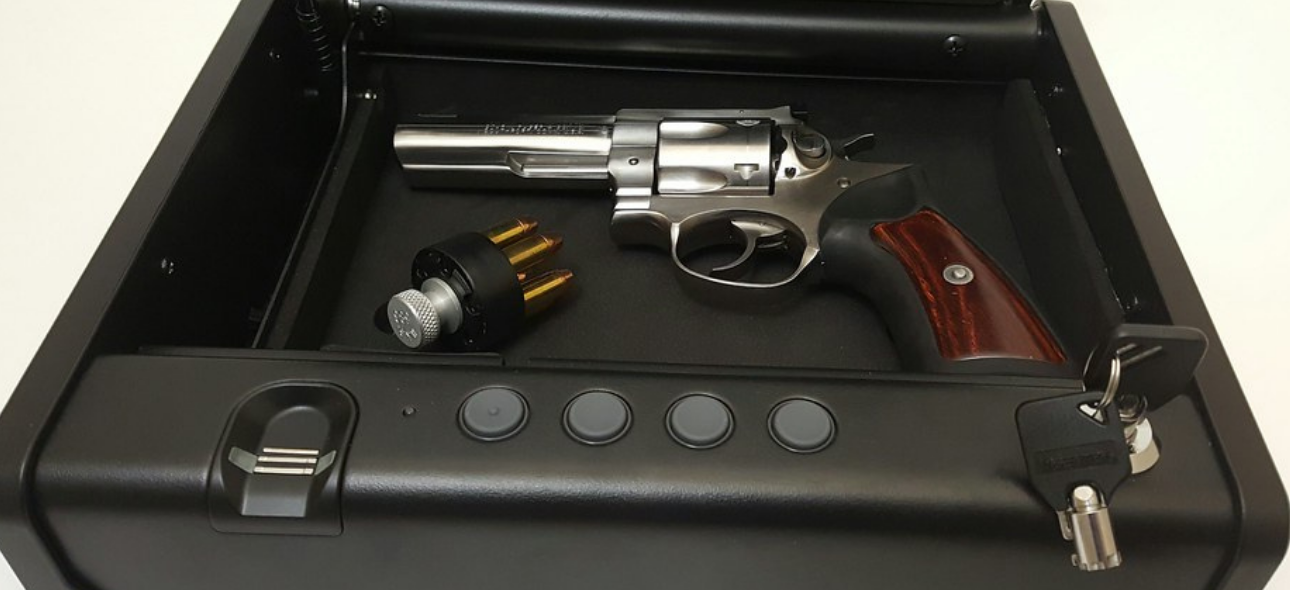


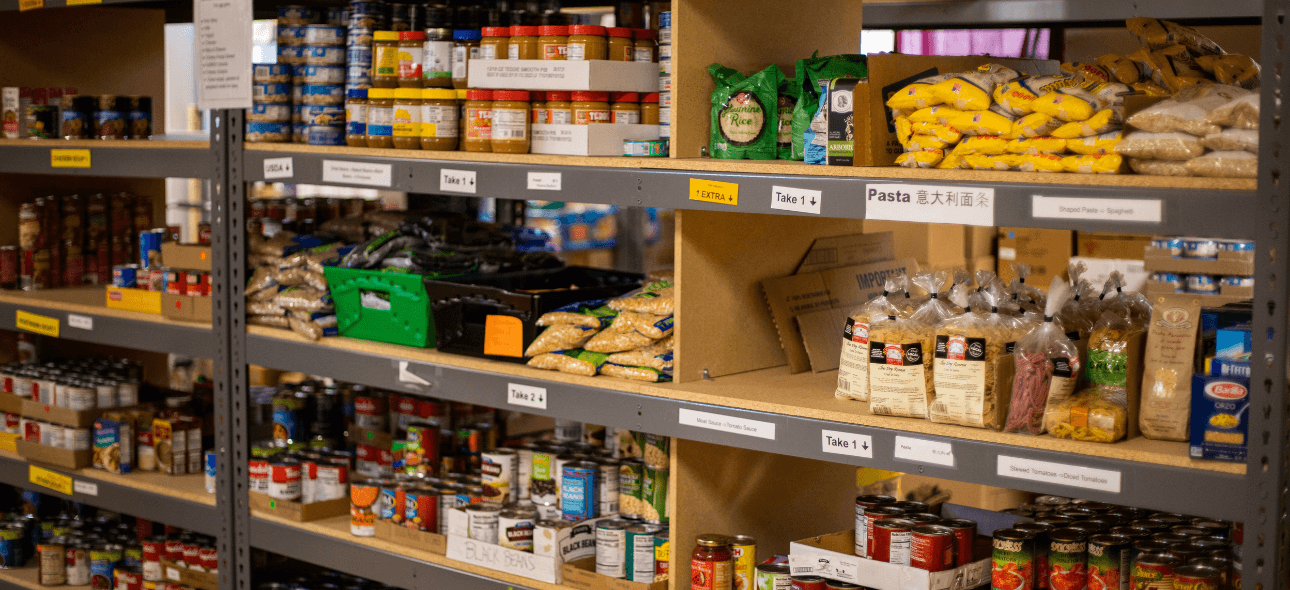
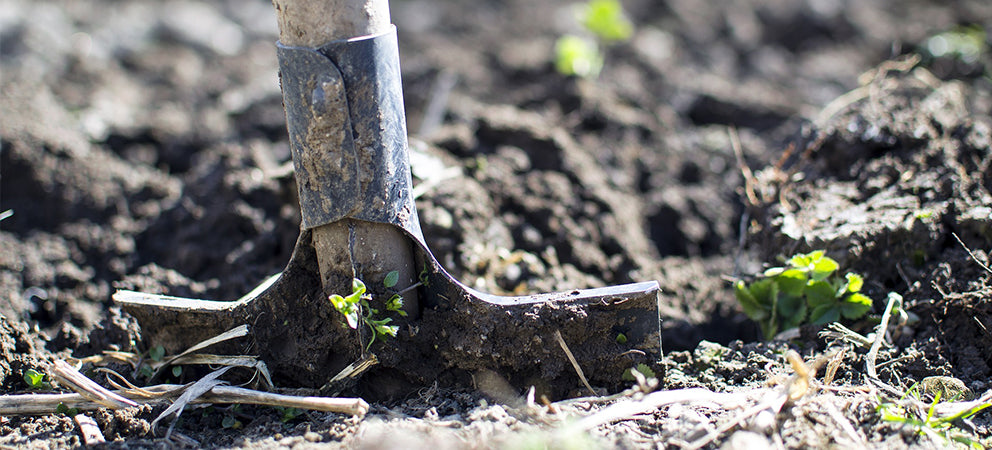
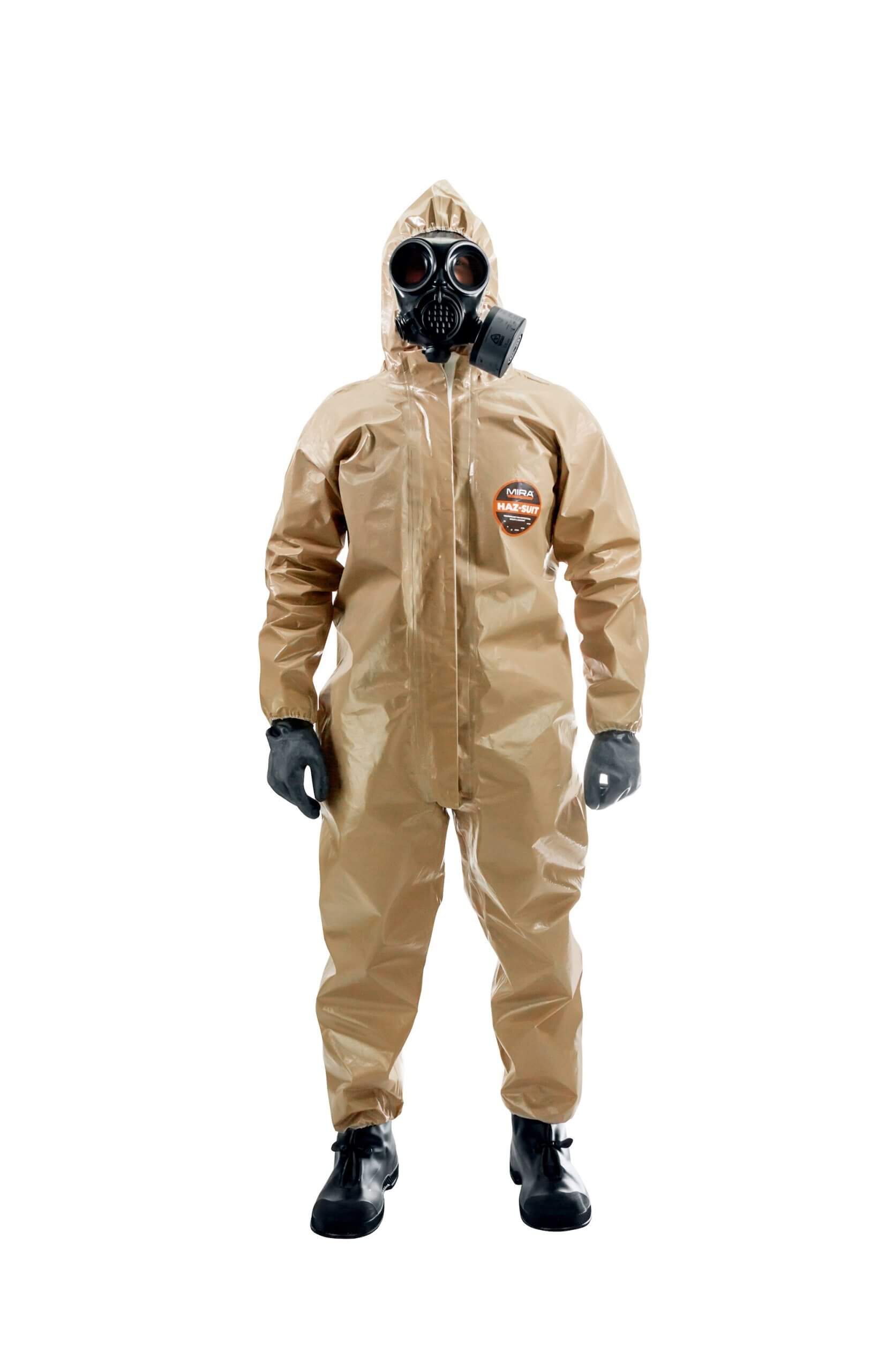
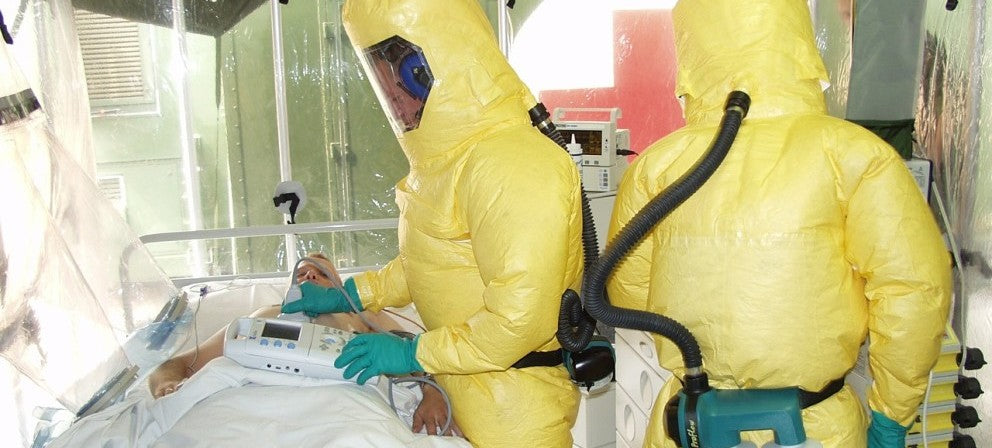

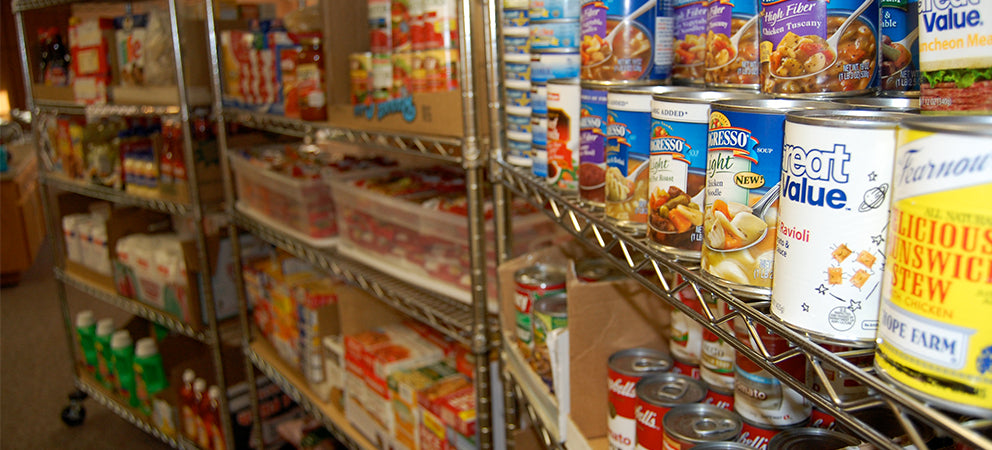

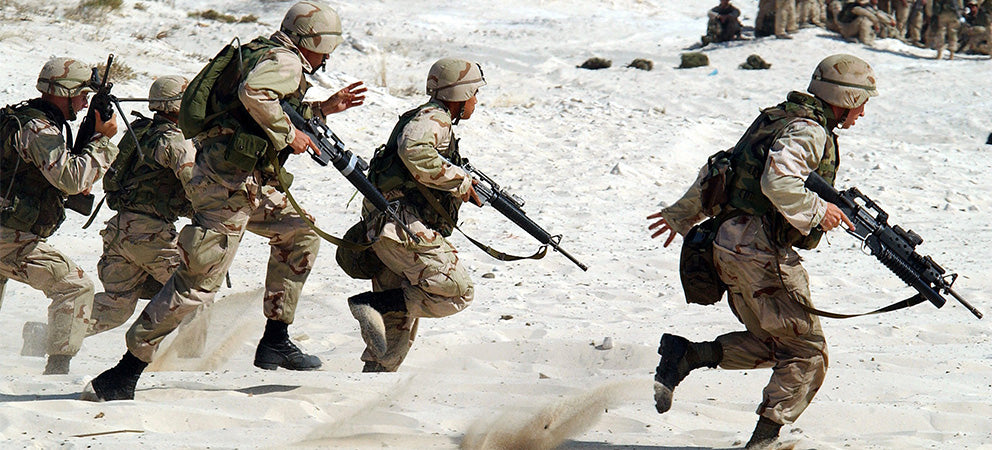
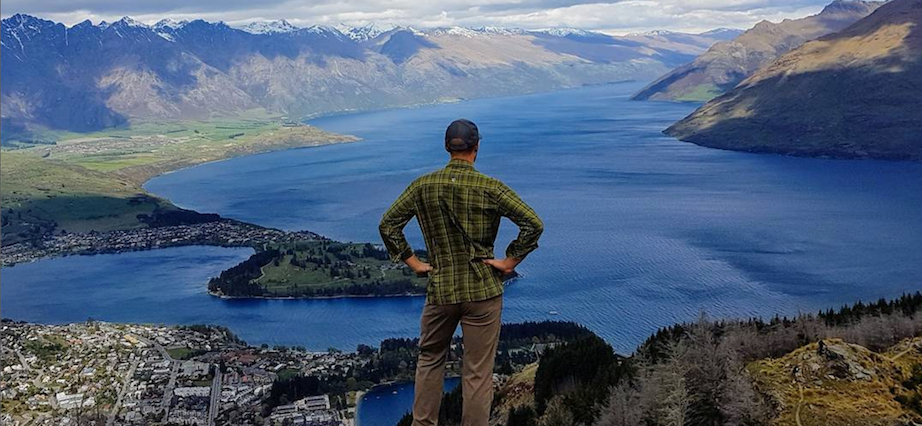




Leave a comment